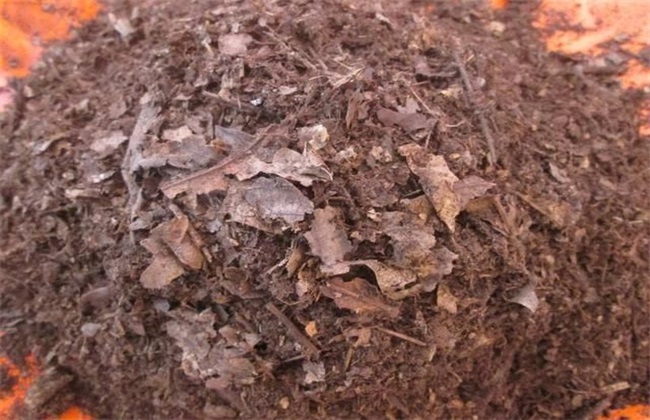The planting method of Iris
Iris, also known as blue butterfly, is a perennial flower plant, is a flower native to China. It is a common ground cover flower in landscaping. There are some separate points to pay attention to when planting irises. There is to plant according to the growth characteristics, to determine the specific method of planting. In fact, each kind of flower planting is different, because of the existence of differences, now let's take a look at the specific content.
1. Soil
In fact, the soil requirements are not strict, generally too hot can be planted, after all, most of the soil is yellow loam, red loam, black loam. Some saline-alkali, desert land is also very few. As long as you need to plant, you can improve the soil by yourself, such as adding humus, peat, sand and fermented materials. In this way, the soil can reach the standard it wants.
2. Temperature
The temperature of growth is divided into soil temperature and environmental temperature. generally, the lowest soil temperature is above 8 degrees and the highest temperature is below 20 degrees. The best temperature is between 15 and 18 degrees. The ambient temperature is between 15 and 20 degrees. If the greenhouse planting temperature can be lower, for example, about 13 degrees, not less than 10 degrees. But planting in the open field at 23 degrees during the day can also grow well.
3. Moisture
Iris likes a cool and humid environment, so the moisture content is relatively high, generally about 70% humidity. But can not accumulate water, can not be planted in low-lying land, is not conducive to drainage. Attention must be paid to timely drainage after heavy rain. There is usually no drought, and the dry season is past flowering. But water the plant properly. Generally, the open field should be planted under the forest, so that it is not easy to be dry and humid.
4. Fertilization
Generally choose fertile soil can not be fertilized, so natural growth, can also grow very well. Therefore, there is no need to apply fertilizer before planting, which hinders the growth of roots. During the growth period, if it is found that there are yellow leaves, poor flowering, insufficient growth and nutrition, then appropriate fertilization can be applied. Fertilization mainly applies nitrogen and potassium fertilizer, but not phosphorus fertilizer.
The cultivation of Iris only needs to pay attention to the adjustment of the planting environment, which is also a specific method of planting. Finally, there is the planting situation, sometimes according to the real-time situation to find the problem, adjust at any time.
Related
- Fuxing push coffee new agricultural production and marketing class: lack of small-scale processing plants
- Jujube rice field leisure farm deep ploughing Yilan for five years to create a space for organic food and play
- Nongyu Farm-A trial of organic papaya for brave women with advanced technology
- Four points for attention in the prevention and control of diseases and insect pests of edible fungi
- How to add nutrient solution to Edible Fungi
- Is there any good way to control edible fungus mites?
- Open Inoculation Technology of Edible Fungi
- Is there any clever way to use fertilizer for edible fungus in winter?
- What agents are used to kill the pathogens of edible fungi in the mushroom shed?
- Rapid drying of Edible Fungi



